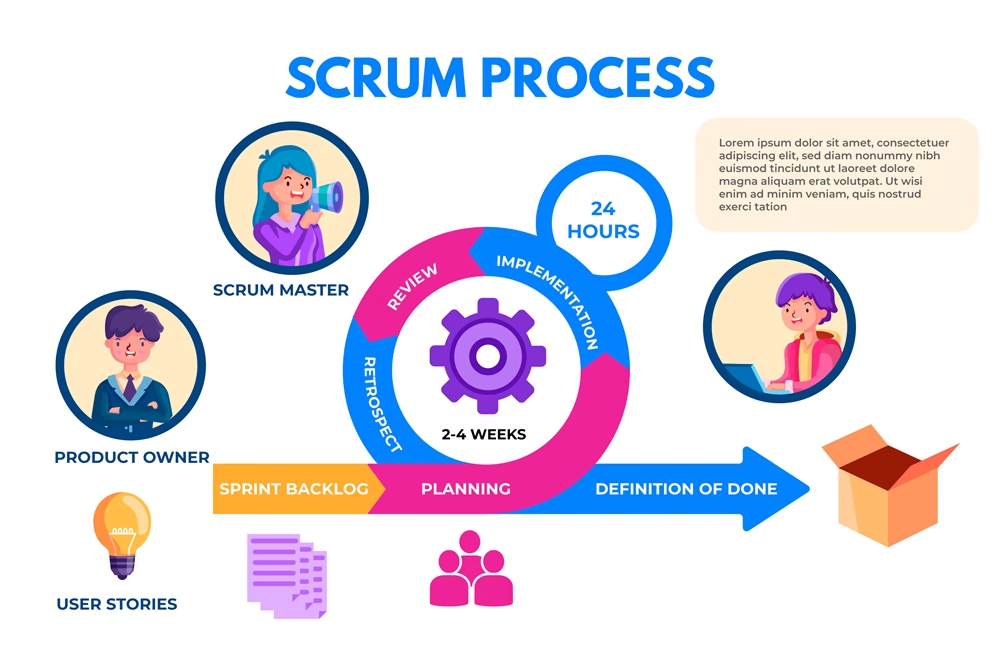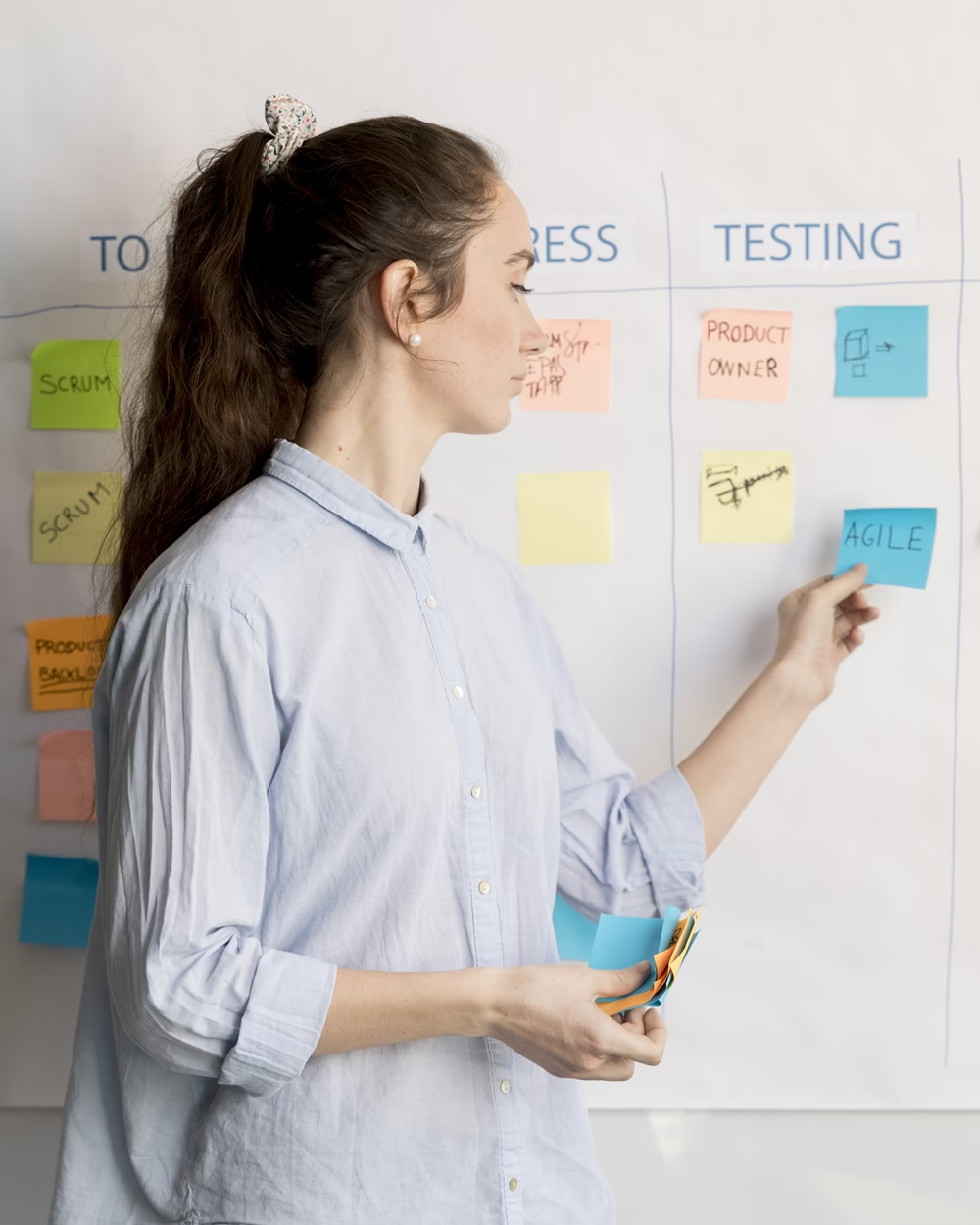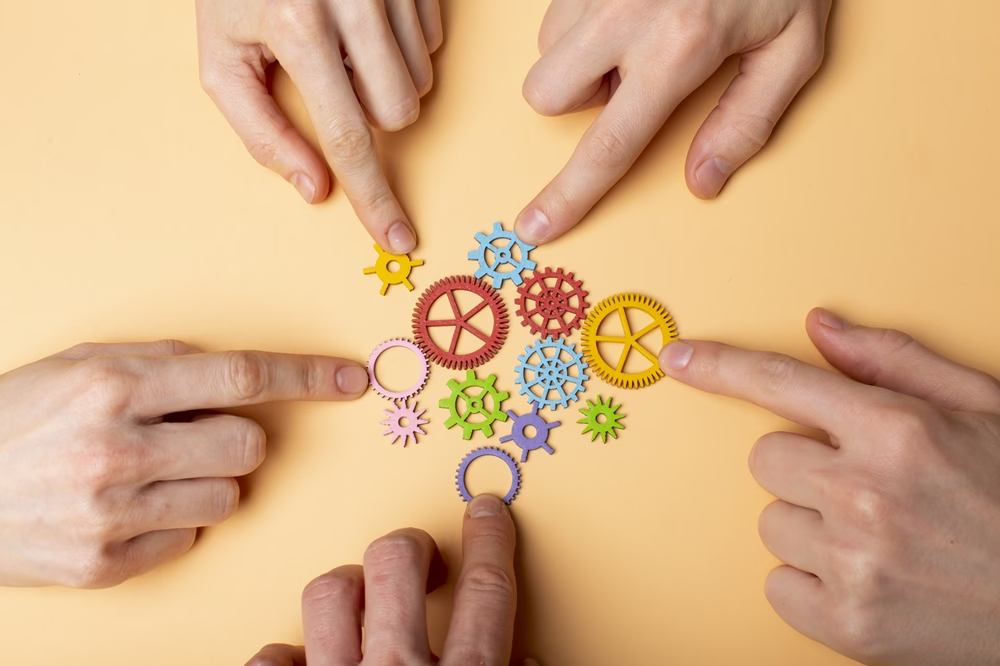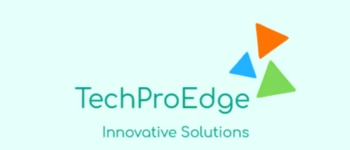Table of Contents
Introduction : Agile vs. Scrum vs. Waterfall - Choosing the Right Software Development Methodology in 2025
In 2025, with evolving technologies, remote work trends, and increasing customer demands, it’s more important than ever to pick the right approach. Agile, Scrum, and Waterfall are three of the most widely used methodologies in software development, each with its strengths and weaknesses.
In this post, we’ll explore their differences, pros and cons, and when to use each to ensure your project’s success.
Understanding the Three Different Software Development Methodologies
a) What is Waterfall?
Waterfall is a linear, step-by-step approach where development flows like a cascade through predefined phases:
- Requirements Gathering → Design → Development → Testing → Deployment → Maintenance
Once a phase is completed, there’s no turning back. It’s ideal for projects with clear, fixed requirements and industries that require extensive documentation, such as government, banking, and healthcare.
b) What is Agile?
Agile is an iterative and flexible approach that focuses on collaboration, customer feedback, and continuous improvement. Key principles include:
- Individuals over processes
- Working software over comprehensive documentation
- Customer collaboration over contract negotiation
- Responding to change over following a plan
Popular Agile frameworks include Scrum, Kanban, and SAFe. Agile is widely used in startups, software product development, and dynamic projects where requirements evolve over time.
c) What is Scrum?
Scrum is a subset of Agile that provides a structured framework for iterative development. It includes:
- Defined roles: Scrum Master, Product Owner, Development Team
- Sprints: Time-boxed iterations (typically 1-4 weeks)
- Daily Stand-ups: Short daily meetings for team updates
- Backlogs: Lists of tasks prioritized by importance
Scrum is great for teams working on fast-paced projects that require frequent collaboration and iterative releases.


What Are the Differences Between Agile, Scrum, and Waterfall?
| Feature | Waterfall | Agile | Scrum |
| Approach | Sequential, structured | Iterative, flexible | Iterative (Agile framework) |
| Flexibility | Low | High | High |
| Planning | Detailed upfront | Adaptive | Adaptive |
| Development Cycles | Long, one-time phases | Continuous iterations | Short, time-boxed sprints |
| Customer Involvement | Minimal after requirements phase | High involvement throughout | High involvement throughout |
| Best for | Large, well-defined projects | Fast-changing projects | Teams working in short cycles |
Key Takeaways:
- Waterfall is structured and predictable but lacks flexibility.
- Agile is adaptable and customer-focused but requires strong collaboration.
- Scrum is an Agile framework with clear roles and sprint-based workflows.
Agile vs. Scrum – Which One Should You Use?
- If you need a general approach to iterative development → Agile
- If you want a structured framework with well-defined roles and time-boxed work → Scrum
Scrum is one of the most popular ways to implement Agile, but it’s not the only way. Some teams use Kanban, Lean, or a hybrid approach to fit their needs.
Pros and Cons of Each Methodology
✅Waterfall Pros:
✔️ Well-documented, structured, and predictable ✔️ Clear timelines and budget estimates ✔️ Ideal for regulated industries and large-scale projects❌Waterfall Cons:
❌ Inflexible and difficult to adapt to changes ❌ Late-stage testing can delay problem resolution ❌ Not suitable for fast-changing projects✅Agile Pros:
✔️ Fast adaptability to new requirements ✔️ Continuous improvement and customer feedback ✔️ Faster software delivery and better collaboration❌Agile Cons:
❌ Less predictability in scope, cost, and timeline ❌ Requires experienced, self-organizing teams ❌ Can be hard to scale in large enterprises✅Scrum Pros:
✔️ Encourages team collaboration and accountability ✔️ Frequent deliverables improve responsiveness ✔️ Transparency through daily stand-ups and sprint reviews❌Scrum Cons:
❌ High overhead due to daily meetings and sprint planning ❌ Requires discipline and commitment from all team members ❌ May not be suitable for projects with uncertain goals
How to Choose the Right Methodology for Your Project in 2025
- Use Waterfall if: Your project has fixed requirements, a well-defined budget, and needs detailed documentation (e.g., government, banking, healthcare).
- Use Agile if: Your project requires flexibility, frequent updates, and continuous customer collaboration (e.g., software startups, app development).
- Use Scrum if: Your team works best in structured sprints, requires clear accountability, and values iterative improvements.
- Hybrid Models: Some teams use a Water-Scrum-Fall approach, combining Waterfall planning with Agile execution.
Future Trends in Software Development Methodologies
🔥 AI-Powered Project Management
AI tools are automating workflows, predicting project bottlenecks, and enhancing Agile and Scrum efficiency.
🔥 Scaling Agile for Enterprises
Frameworks like SAFe (Scaled Agile Framework) and LeSS (Large-Scale Scrum) are helping large companies implement Agile effectively.
🔥 Hybrid Development Models
Many organizations are blending Agile, Scrum, and Waterfall to create customized workflows based on project needs.
🔥 Remote Work & Distributed Agile Teams
As remote work becomes the norm, companies are refining virtual collaboration and digital Agile practices.
Conclusion
- Waterfall is best for large, well-planned projects with minimal changes.
- Agile works well in fast-changing environments with continuous feedback.
- Scrum is ideal for teams working in structured sprints with clear roles.
What’s your preferred methodology? Share your thoughts in the comments!
Web Development Insights
Content Writing Insights
Emerging Technologies Insights
Copyright © 2025 TechProEdge | All Rights are reserved. Terms & Conditions Privacy Policy Disclaimer Affiliate Disclosure
